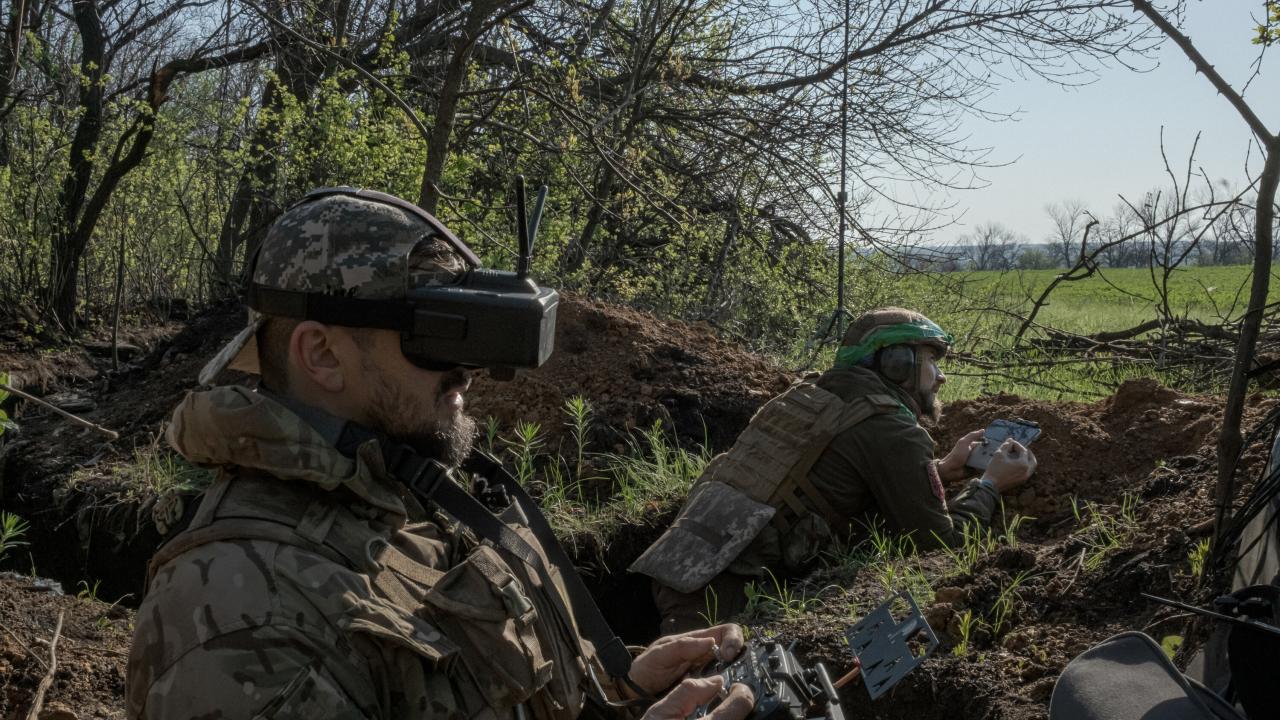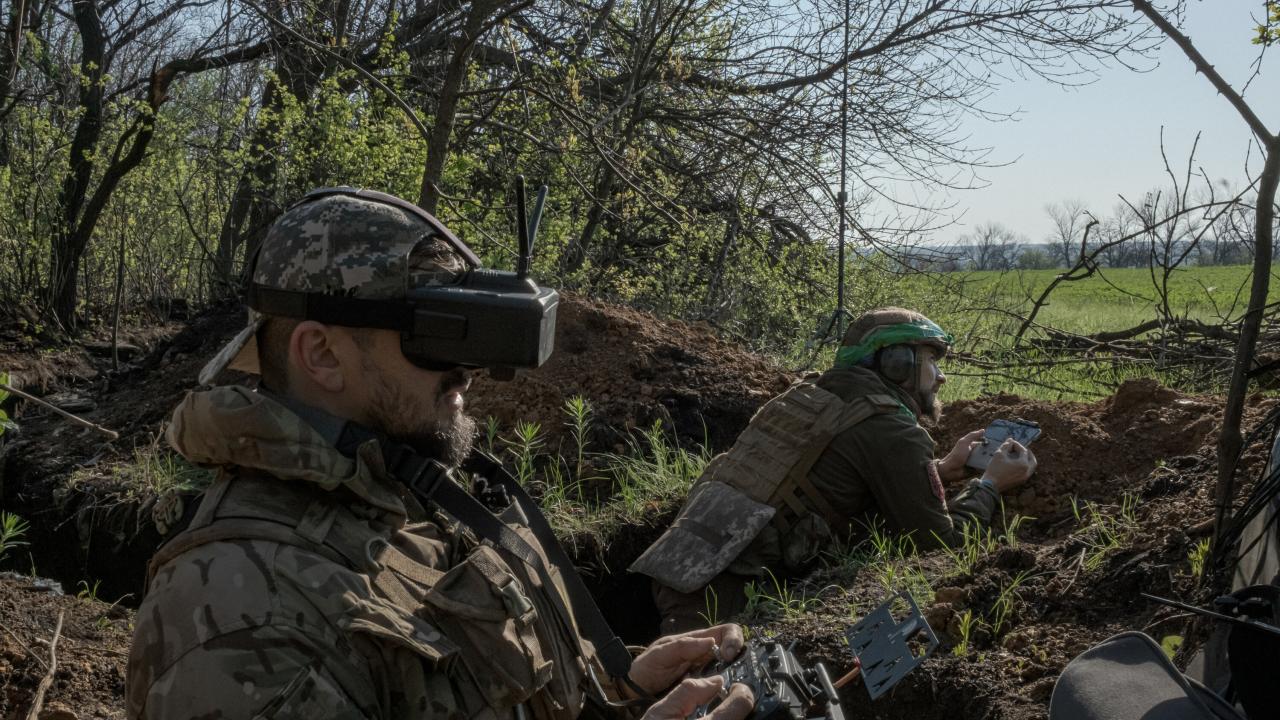Ukraine drone attack on russia – Ukraine drone attacks on Russia represent a significant escalation in the ongoing conflict. These attacks, varying in frequency and scale, target military and civilian infrastructure across Russia, prompting international concern and raising complex legal and ethical questions. The use of drones, sourced from both domestic and potentially foreign suppliers, demonstrates a sophisticated capability and strategic shift in Ukraine’s military tactics.
This analysis delves into the various aspects of these attacks, exploring the types of drones employed, the strategic goals behind them, the international response, and the impact on both military targets and civilian populations. Understanding the patterns, implications, and countermeasures involved is crucial for comprehending the evolving dynamics of the conflict.
Recent drone attacks on Russian territory by Ukraine have highlighted the evolving nature of modern warfare. The sophisticated technology involved is a stark contrast to the more entertainment-focused applications, such as those showcased at the impressive florida drone show , which demonstrates the diverse capabilities of drone technology. However, the Ukrainian attacks underscore the increasingly serious implications of drone technology in geopolitical conflicts.
The Ukrainian drone attacks on Russia mark a pivotal moment in the ongoing conflict, showcasing the evolving nature of modern warfare and raising profound implications for international security. The strategic goals, technological advancements, and international responses all contribute to a complex narrative that requires continued monitoring and analysis. The long-term consequences of these attacks, both militarily and politically, remain to be seen, underscoring the need for careful consideration of the ethical and legal dimensions of drone warfare.
FAQ Section: Ukraine Drone Attack On Russia

What is the primary objective of these drone attacks?
Recent drone attacks on Russia by Ukraine highlight the evolving nature of modern warfare. The precision and scale of these operations are quite different from the spectacle offered by a civilian drone display, such as the impressive florida drone show , which showcases technological advancements in a completely different context. However, both events underscore the rapid technological progress in drone technology and its diverse applications.
The primary objectives are likely to disrupt Russian military operations, degrade their capabilities, and potentially influence the political landscape of the conflict. Specific aims may vary depending on the target.
How effective are Russian countermeasures against these attacks?
Recent Ukrainian drone attacks on Russian territory have highlighted the increasing reliance on unmanned aerial vehicles in modern warfare. This raises questions about the reliability of drone technology, as evidenced by the unfortunate orlando drone show malfunction , which showcased the potential for technical failures even in carefully controlled environments. Such incidents underscore the need for robust safety protocols and technological advancements to mitigate risks associated with drone operations, whether military or civilian.
The effectiveness of Russian countermeasures is debated. While some attacks are intercepted, others successfully reach their targets, suggesting ongoing challenges in developing a fully effective defense.
What international laws govern the use of drones in this context?
International humanitarian law (IHL) governs the conduct of warfare, including the use of drones. Key principles include distinction (between combatants and civilians), proportionality (of force), and precautions (to minimize civilian harm). The application of IHL to drone strikes remains a subject of ongoing debate and legal interpretation.
